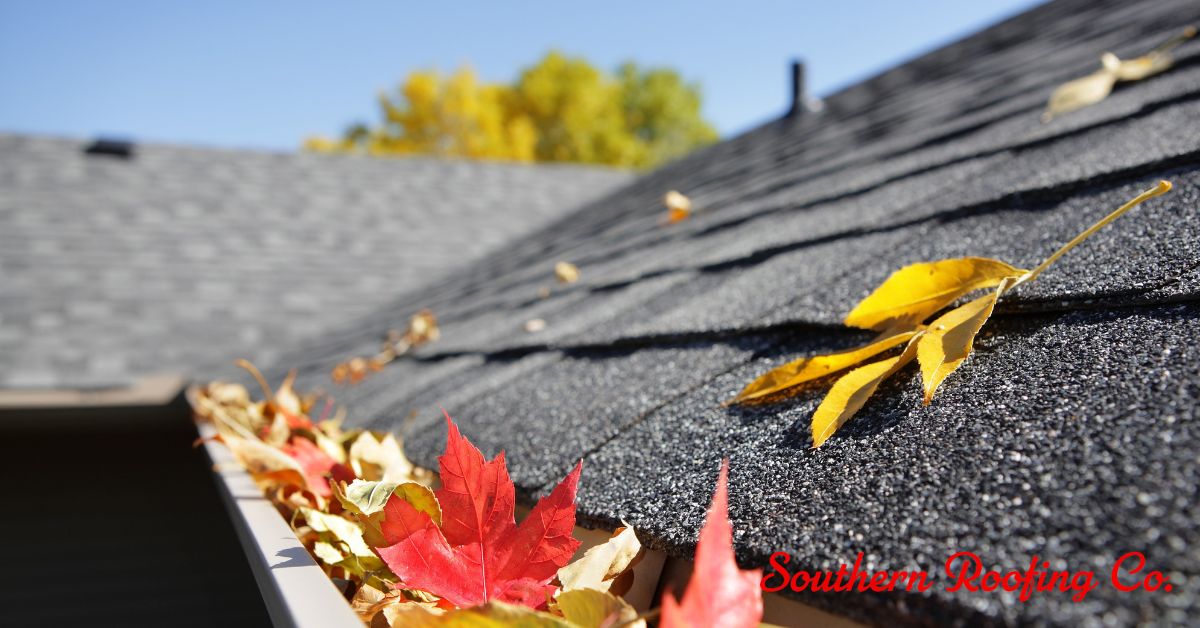
Fall in Middle Tennessee is a beautiful season, with vibrant leaves, crisp air—and unfortunately, increased risks to your roof. As leaves begin to fall and seasonal storms roll in, your home’s roofing system can become vulnerable to debris buildup, water damage, and structural stress. Preparing your roof ahead of time can save you from costly roof repair or roof replacement down the road.
In this guide, we’ll walk you through a seasonal maintenance checklist to help you keep your roof in top shape and weather-ready. Whether you’re a longtime homeowner or just moved into your first house, these practical steps are essential for fall roofing upkeep.
Why Fall Roof Maintenance Matters
Autumn is a transitional season that brings a unique combination of challenges to your roofing system. Debris like leaves and twigs can clog gutters and trap moisture, leading to mold, mildew, and even roof rot. Meanwhile, fall storms with high winds and heavy rain can exploit any weakness in your roof.
As a residential roofing expert, Southern Roofing Co. sees an uptick in emergency calls during fall—all preventable with some proactive care.
Step 1: Clean Gutters and Downspouts
Why It’s Important
Clogged gutters are one of the leading causes of water damage to homes. When gutters overflow, water can back up under your shingles, damage soffits and fascia, and even cause basement leaks.
How to Do It
- Wear gloves and use a sturdy ladder—safety first.
- Scoop out leaves, pine needles, and debris using a gutter scoop or small garden trowel.
- Flush with a hose to ensure water is flowing freely through the downspouts.
- Check for proper slope and attachment to prevent sagging or water pooling.
Step 2: Remove Debris from the Roof Surface
Why It’s Important
Leaves and branches can trap moisture on the roof’s surface, accelerating shingle deterioration and encouraging mold or algae growth.
How to Do It
- Use a roof rake or a leaf blower from the ground if possible.
- If accessing the roof, wear proper fall protection and soft-soled shoes.
- Avoid using metal tools that can scrape or damage shingles.
Step 3: Inspect for Visible Damage
Key Areas to Check
- Shingles: Look for curling, cracks, or missing shingles.
- Flashing: Check around chimneys, skylights, and vents for rust or lifting edges.
- Soffits and fascia: Inspect for signs of rot or animal entry.
- Valleys and low points: Ensure there’s no standing water or trapped debris.
A professional roofing company can provide a detailed inspection and catch issues before they escalate.
Step 4: Schedule a Professional Inspection
Even if your roof appears intact, fall is an ideal time for a professional check-up.
Benefits of Hiring a Pro
- Spot minor issues before winter exacerbates them.
- Extend the life of your roof with early intervention.
- Receive expert guidance on whether roof repair or roof replacement is needed.
Look for a reputable Middle Tennessee roofing company that offers seasonal maintenance programs or free inspections.
Step 5: Trim Overhanging Branches
Branches that hang over your roof can scrape shingles, deposit debris, and become a hazard during storms.
How to Trim Safely
- Use a pole saw from the ground when possible.
- Trim at least 6–10 feet away from your roof edge.
- Hire an arborist or tree trimming service for large limbs.
Regular tree maintenance reduces the risk of storm-related roof damage.
Step 6: Seal and Insulate
Proper insulation and sealing aren’t just for winter—they help keep your roof healthy year-round.
What to Check
- Attic insulation to prevent condensation and heat loss.
- Ventilation systems to ensure airflow and moisture control.
- Caulking and seals around vents, skylights, and flashing.
A roofing contractor can recommend energy-efficient upgrades that may also qualify for local tax incentives.
Step 7: Prepare for Storms
Fall can bring strong windstorms, especially in Middle Tennessee. Make sure your roof is ready.
Pre-Storm Checklist
- Secure loose shingles or flashing.
- Anchor roof-mounted equipment like satellite dishes or HVAC units.
- Ensure gutters and drains are clear.
- Store outdoor furniture and trim tree limbs.
- After a storm, inspect your roof promptly or contact a roofing company for an emergency evaluation.
Don’t Delay Maintenance—Protect Your Investment
Routine fall maintenance is a simple yet powerful way to extend the life of your roof. Preventative care saves you money by avoiding emergency roof repair or premature roof replacement. Plus, a clean and storm-ready roof gives you peace of mind as the seasons change. In need of roof repairs this fall? Contact us today!

